We proudly use CR39 Lenses as Standard! Here's why!
CR39 VS Polycarbonate Lens Material
**CR-39 vs Polycarbonate Lenses: Which One is Right for You?**
When it comes to choosing the right lenses for your glasses, the material matters just as much as the frame style. Two of the most popular materials used for lenses today are CR-39 and polycarbonate. Both have their unique advantages and disadvantages. Let’s dive into what sets them apart so you can make an informed decision!
CR-39 Lenses:
What is CR-39?
CR-39, or Columbia Resin 39, is a type of plastic polymer that has been used for optical lenses since 1947. It's well-regarded for its optical clarity and comfort.
Advantages of CR-39 Lenses
1. **Superior Optical Clarity**: CR-39 lenses provide excellent clarity and sharpness, making them a top choice for those who prioritize visual quality.
2. **Scratch Resistance**: These lenses are naturally more scratch-resistant than many other types, ensuring durability.
3. **Affordability**: CR-39 lenses are generally more budget-friendly, making them accessible without compromising on quality.
4. **Lightweight**: They are lighter than glass lenses, which adds to the comfort of wearing glasses for long periods.
Disadvantages of CR-39 Lenses
1. **Impact Resistance**: CR-39 lenses are not as impact-resistant as polycarbonate lenses. They can break more easily upon impact, making them less ideal for high-risk activities.
2. **Thickness**: These lenses can be thicker than polycarbonate lenses, especially for higher prescriptions, which can affect the aesthetic of the glasses.
**Polycarbonate Lenses:**
What is Polycarbonate?
Polycarbonate is a durable plastic used in a variety of applications, including eyewear. It was first introduced in the 1980s as a lens material and has become extremely popular due to its robustness.
Advantages of Polycarbonate Lenses
1. **High Impact Resistance**: Polycarbonate lenses are virtually shatterproof, making them an excellent choice for kids, athletes, and those with active lifestyles.
2. **UV Protection**: These lenses naturally block 100% of harmful UV rays, protecting your eyes from sun damage.
3. **Lightweight and Thin**: Polycarbonate lenses are lighter and thinner than CR-39 lenses, making them more comfortable and aesthetically pleasing for higher prescriptions.
4. **Durability**: Their tough nature makes them resistant to cracks and chips, enhancing their lifespan.
Disadvantages of Polycarbonate Lenses
1. **Optical Clarity**: While still providing good vision, polycarbonate lenses can have slightly lower optical clarity compared to CR-39 lenses.
2. **Scratch Resistance**: These lenses are more prone to scratches unless they are treated with a scratch-resistant coating.
3. **Cost**: Polycarbonate lenses can be more expensive than CR-39 lenses due to their enhanced features and durability.

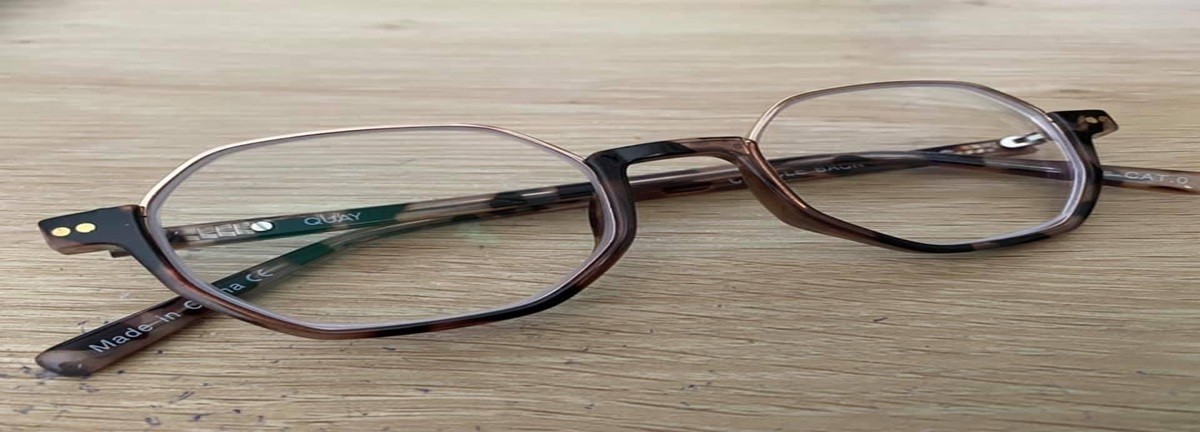
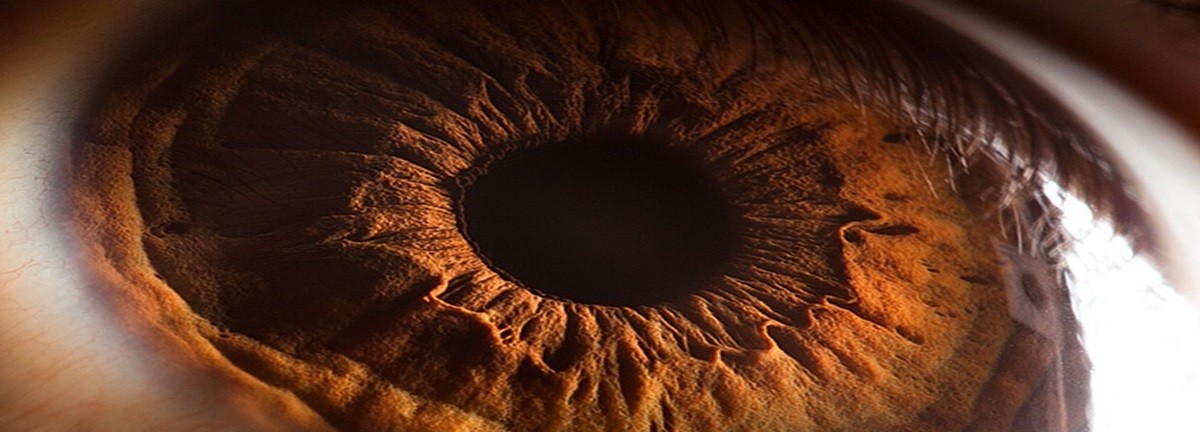

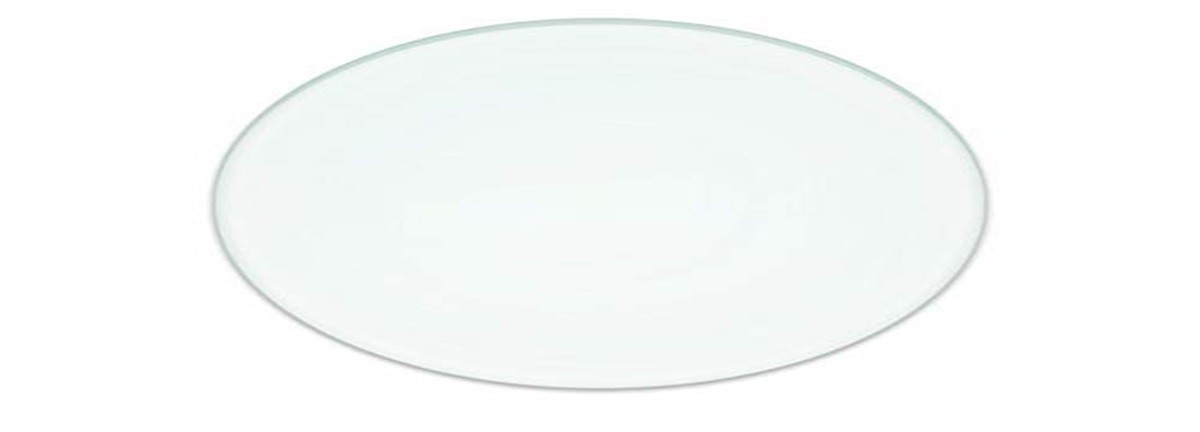
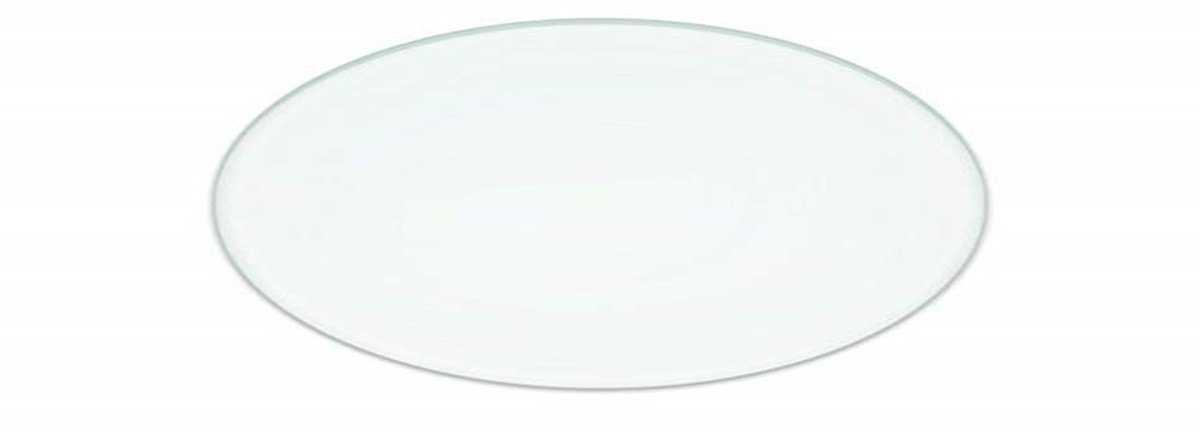
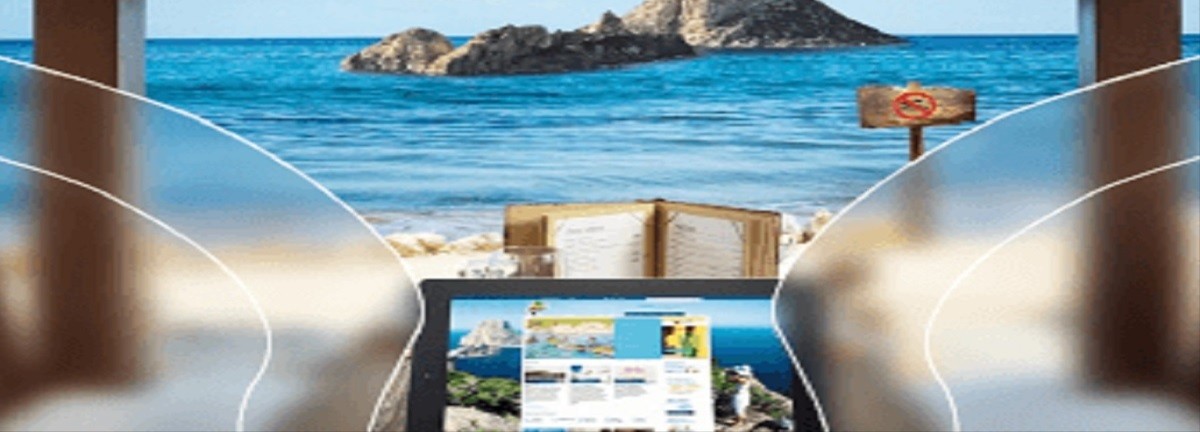
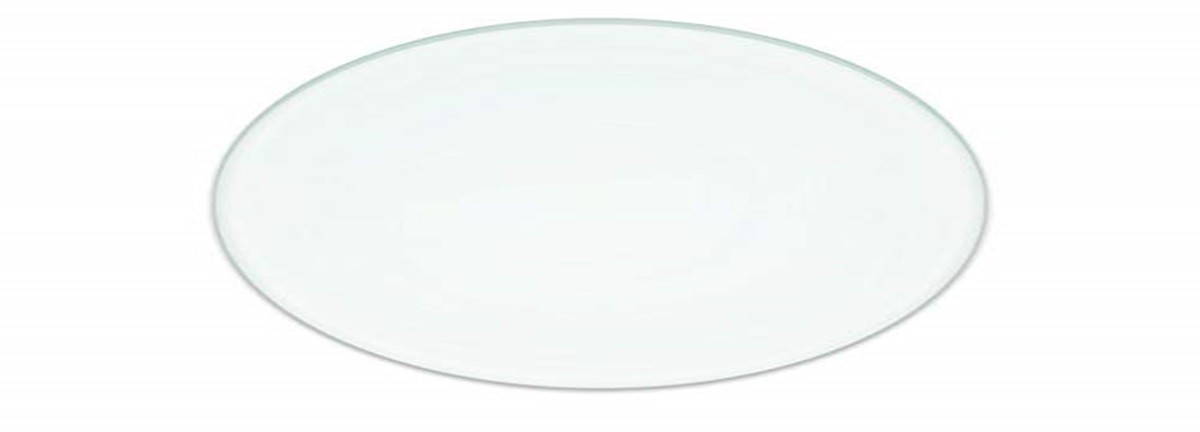

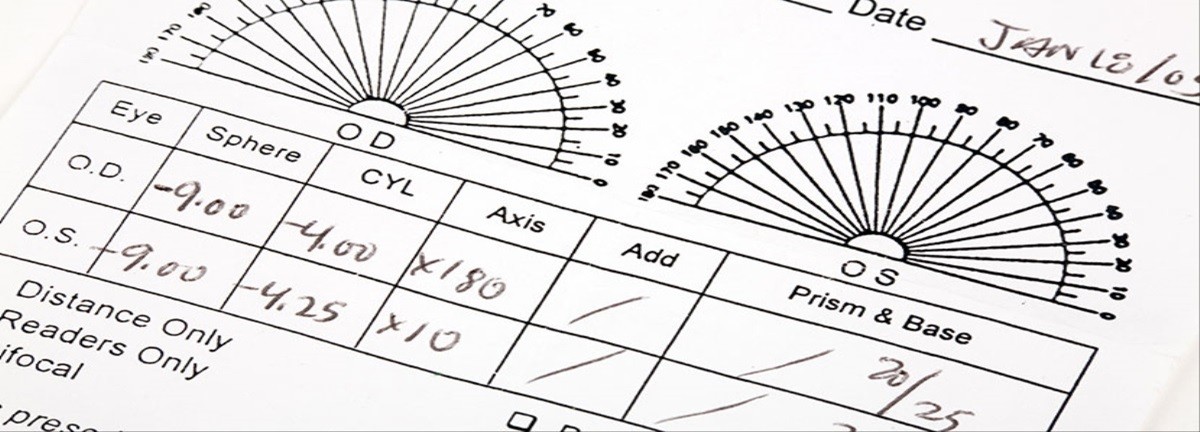

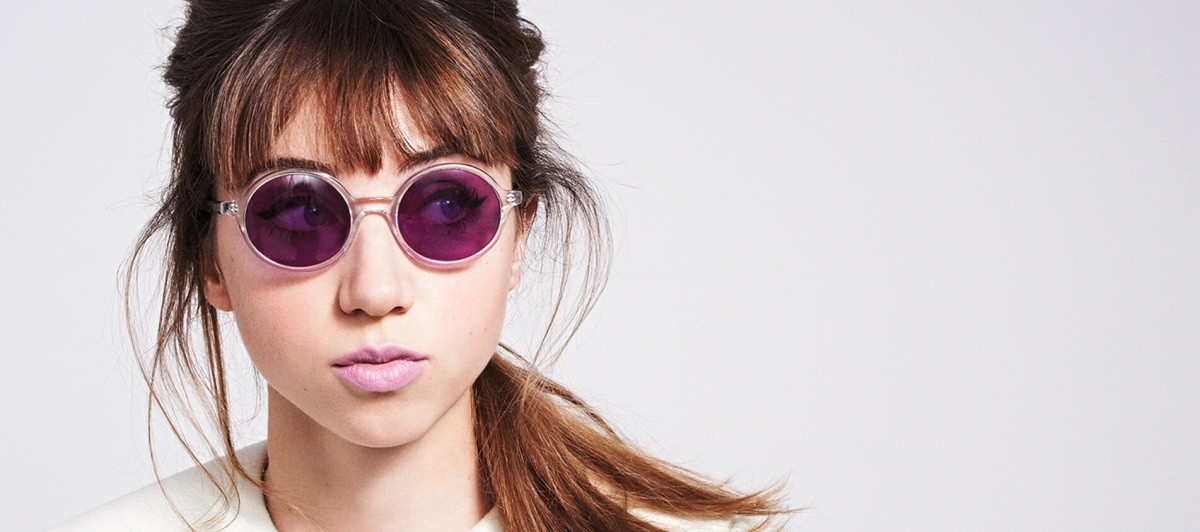

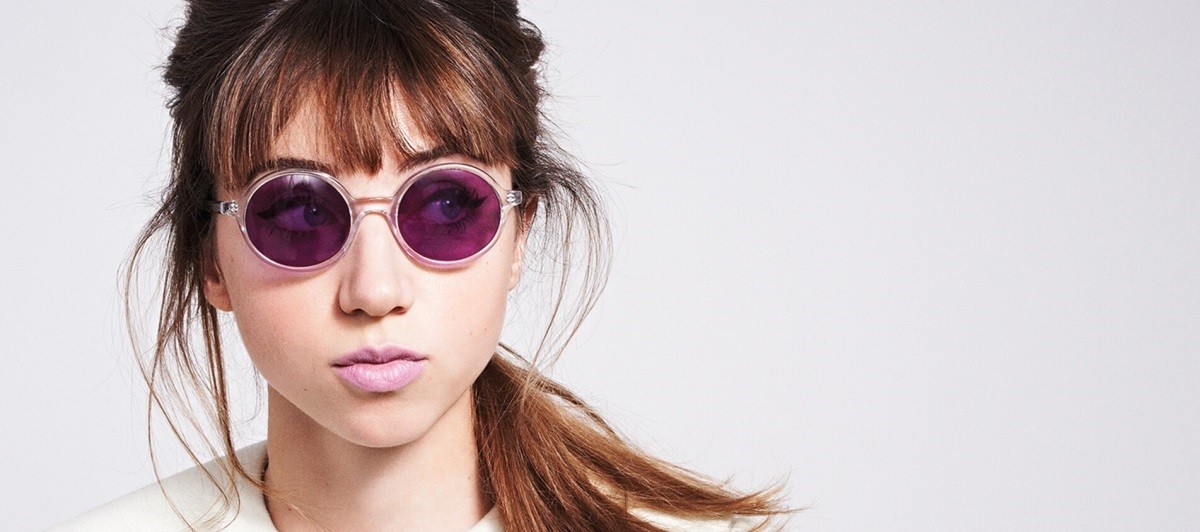
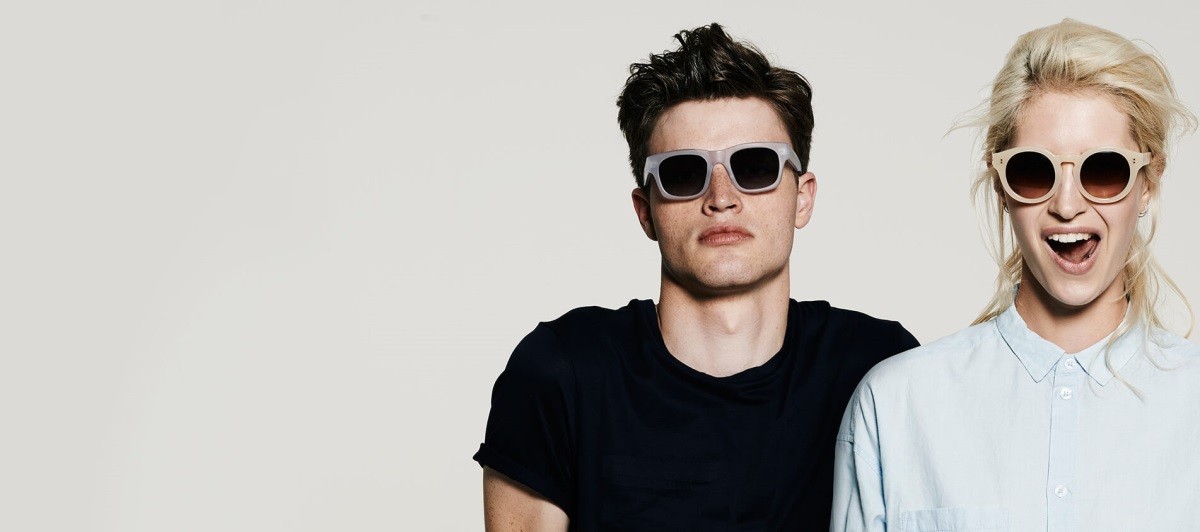
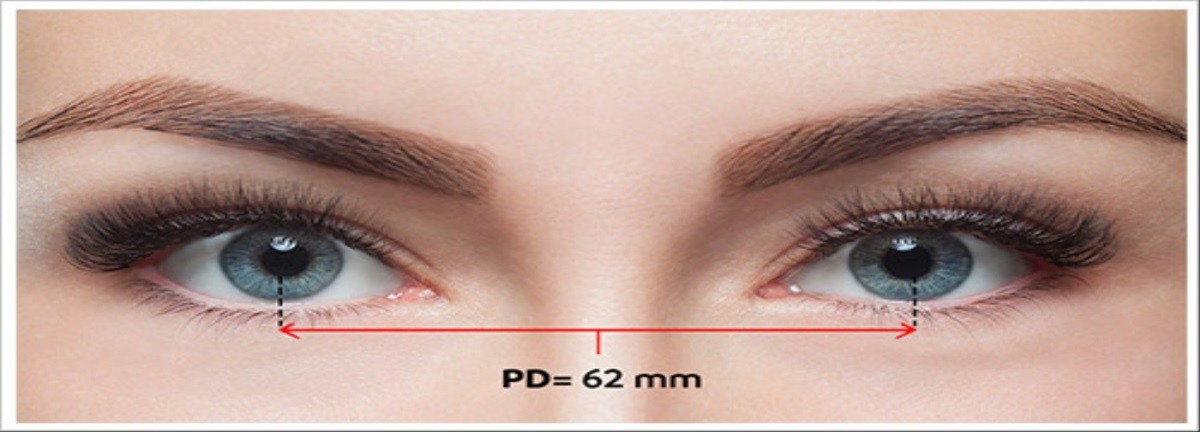
Leave a comment